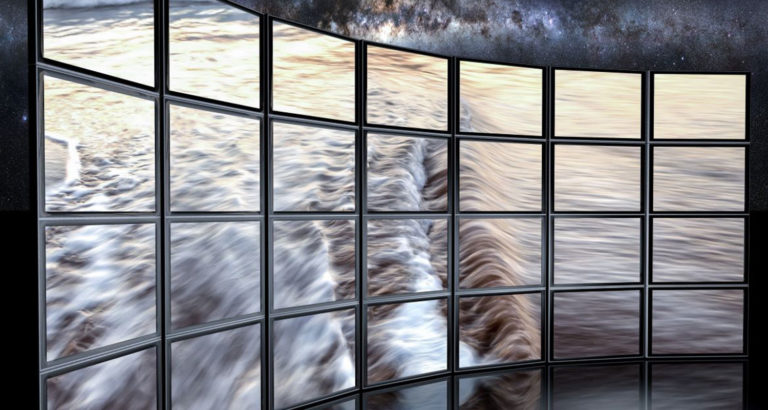Cost-effective video system tips to compete with high-tech hospitals

From robots and 3D imaging solutions to state-of-the-art healthcare video and communications systems, today’s hospitals are introducing a variety of high-tech features to enhance patient care and alleviate stress for patients. But offering cutting-edge technology can be hard to achieve when you’re looking at keeping costs low.
Will Gray, our director of customer experience here at PIVIUM, Inc., has a few ideas and suggestions for hospitals that want to enhance the video and communications systems we provide without going over budget.
ENHANCE YOUR EXISTING SYSTEM
With basic television service, hospitals and facilities have the opportunity to add off-air channel content to provide entertainment or valuable information to their patients. Will warns, “It does depend on how your distribution network is set up.”
He explained that off-air channel content could be added with the use of a DVD or a media player that’s modulated on a separate channel that’s then programmed into your existing TV system.
This cost-effective healthcare video and communication system solution provides hospitals and facilities with limitless options in terms of the content they can provide to patients and their loved ones. You can play movies or you can run educational information either about the hospital itself or how the patient can care for their ailment.
It’s pretty inexpensive to set something like that up and your hospital or facility could use most of what’s already available to achieve this.
GO WITH AN ALL-INCLUSIVE SYSTEM
“If you’re trying to be as budget conscious as possible, but still want the best patient experience, I would recommend trying to go with the system that’s all-inclusive,” suggests Will.
Some healthcare-grade televisions, such as PDI, offer an all-in-one video system. Some systems, which include medTV, also offer applications in addition to television. With those systems, viewers can use any type of app and can use the device to surf the internet. Alternatively, LG’s SMART TV® technology offers an interface that many users are familiar with, as it’s present in their homes.
PRE-PLAN FOR YOUR INFRASTRUCTURE
If you’re planning on future growth or upgrades, you need to consider your infrastructure well in advance, especially if you’re dealing with budget constraints.
“If all you have is just coax ran to each display or television, and you want to go with the latest and greatest equipment in the future, but you only have a small budget, it’s better to spend that money on your infrastructure,” he explains. In doing this, you’ll already have the platform in place to support whatever you want to do with your healthcare video systems in the future.
If you want it networked, he recommends that you consider putting in that type of infrastructure, which could mean using category cable. This would give you the option of implementing RF or an IP-based solution over category cable down the road.
Looking to enhance your hospital or facility’s televisions systems, but want to be conscious of your budget? We’d be happy to help — request a quote today and we’ll provide you with options for cost-effective healthcare video and communication systems.
